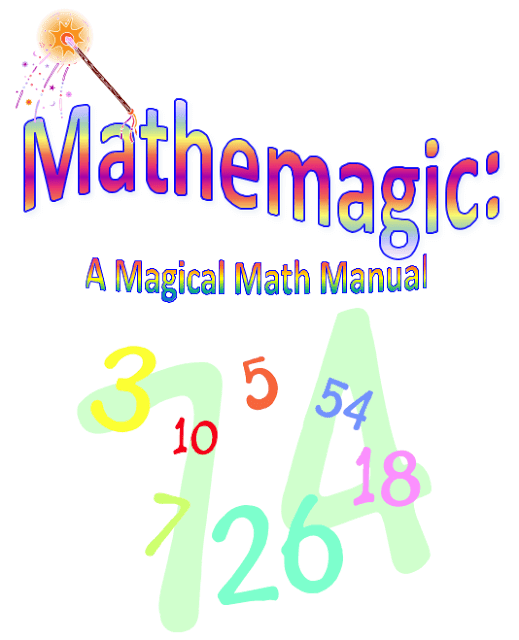This week I wanted to tell you about my online store, Good Sensory Learning. I’m Dr. Erica Warren, and I established this site so I could share all the materials that I have created over the last 20+ years as a learning specialist and educational therapist. When I first began my private practice, Learning to Learn, I had great difficulty finding fun and multisensory materials for my students that were effective and engaging. So back in 2005, I made it my mission to design and distribute high-end, remedial products as well as memorable, motivating lessons that bring delight to learning. If you would like to try a free sampling of my activities , CLICK HERE . How Are the Products Organized at Good Sensory Learning? You can download my Free Printable Catalog or you can browse the site using the grey “search all products” bar in the top right of any page with keywords such as dyslexia, working memory, and executive functioning. What’s more, drop down menus in the red banner allow you t...
Many students struggle with the steps required to complete mathematical problems. They may forget the concept, miss a step, mis-sequence the steps, misread a sign, or struggle with writing out or lining up the numbers. In fact, even if a student has understood and executed a problem with precision, it doesn’t mean that they will retain that information at a later time. So what can we do to help these students to encode, into long-term memory, the steps required to complete math computations?
The 3 Key Components for Effective Math Instruction |
| Click on the image to learn more |
- Go multisensory: Integrate as many of the 12 Ways of processing as you can into your instructional plan: Visual, Auditory, Tactile, Kinesthetic, Sequential, Simultaneous, Reflective, Verbal, Interactive, Indirect Experience, Direct Experience, and Rythmic Melodic. To learn more about this click here
- Teach metacognitive and mindful strategies: Metacognition refers to the act of thinking about thinking, or the cognition of cognition. It is the ability to control your own thoughts. Mindfulness refers to being completely aware of the present moment, as well as maintaining a non-judgmental approach. It helps to develop emotional intelligence and it instructs students to pay attention on purpose. What’s more, mindfulness can help improve memory, test scores, classroom behaviors and stress management. To learn more about this click here
- Integrate creativity: Integrating creative lessons and assignments into the curriculum allows students to incorporate their imagination and encourages active participation. Creative assignments also increase motivation for many students.
One of the most effective strategies I have ever employed with students is creating a “math manual.” This assignment or project unites the three components of effective math instruction and also brings the fun factor into the classroom. This can be completed throughout the academic year and checked for accuracy so that students can use this resource for tests, midterms, finals, and even state exams.
What Format Should be Used?
Students can create the manual by hand or on a computer. It can be presented in a photo album, a blank book, a binder, or a notebook.
Creating the Cover:
I encourage all of my students to come up with their own unique, creative name and cover for their math manual. In my illustration at the top of this blog, I called it Mathemagic: A Magical Math Manual.
Create a Sequence of Color Coded Steps:
Each student should write out the required steps to complete the problem. This can be done in a linear fashion, a numbered list, a web or flow chart. I also encourage students to color code the steps as this can also enhance memory.
Use Mnemonics:
Memory strategies are tools that help students organize information before they file it away in their memory banks. I encourage my students to create their own memory strategies and to use both visual and auditory mnemonics.
Complete a Sample Problem:
Ask the students to provide a color-coded sample problem that illustrates the needed steps to complete a problem.
Other Options:
Ask your students to create a song, poem, or rhyme with or without a dance routine to define the steps. Integrating songs, rhymes and kinesthetics offers further modalities that will help to encode computation skills.
Sample Math Manual Page:
Cheers, Dr. Erica Warren
Dr. Erica Warren is the author, illustrator, and publisher of multisensory educational materials at Good Sensory Learning and Dyslexia Materials. She is also the director of Learning to Learn and Learning Specialist Courses.
· Blog: https://learningspecialistmaterials.blogspot.com/
· YouTube Channel: https://www.youtube.com/user/warrenerica1
· Podcast: https://godyslexia.com/
· Store: http://www.Goodsensorylearning.com/ & www.dyslexiamaterials.com
· Courses: http://www.learningspecialistcourses.com/
· Newsletter Sign-up: https://app.convertkit.com/landing_pages/69400
· Blog: https://learningspecialistmaterials.blogspot.com/
· YouTube Channel: https://www.youtube.com/user/warrenerica1
· Podcast: https://godyslexia.com/
· Store: http://www.Goodsensorylearning.com/ & www.dyslexiamaterials.com
· Courses: http://www.learningspecialistcourses.com/
· Newsletter Sign-up: https://app.convertkit.com/landing_pages/69400



Comments
Post a Comment